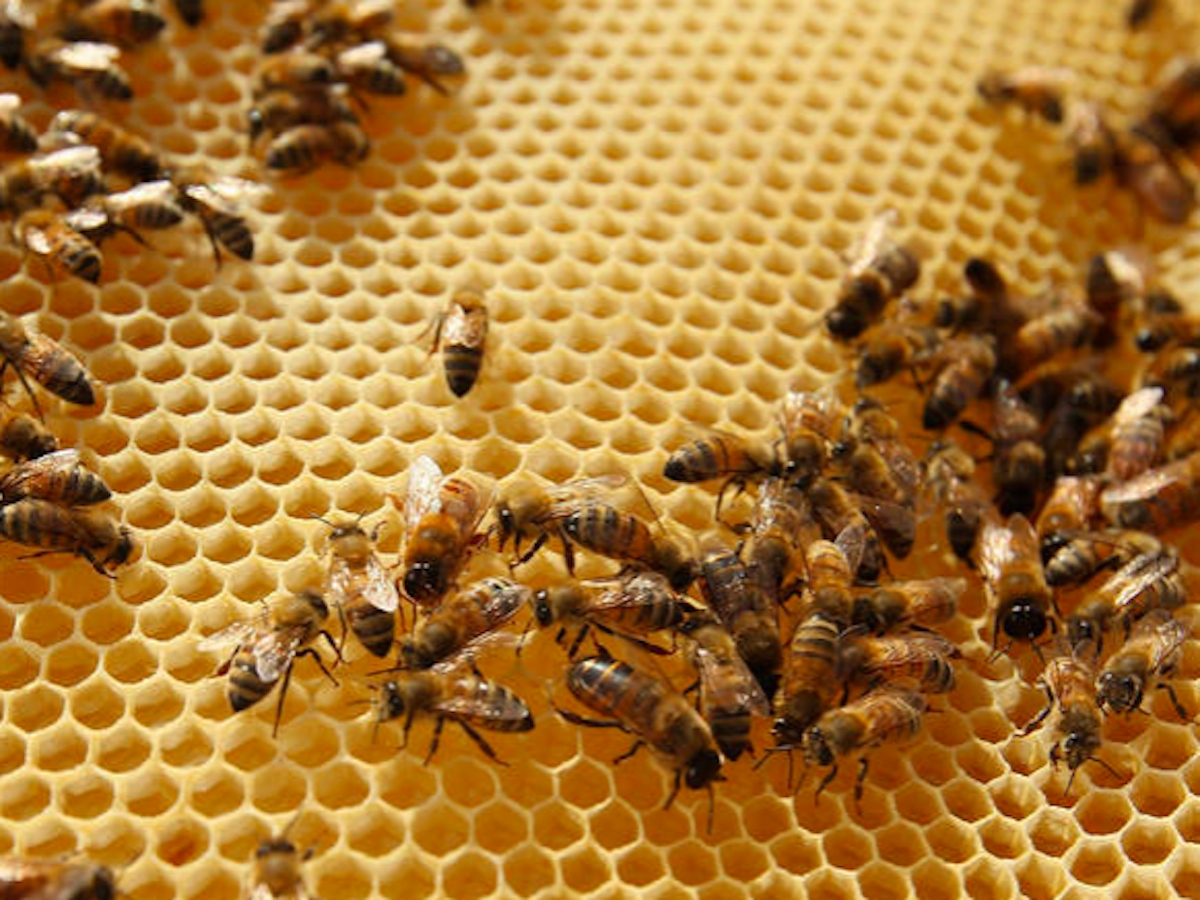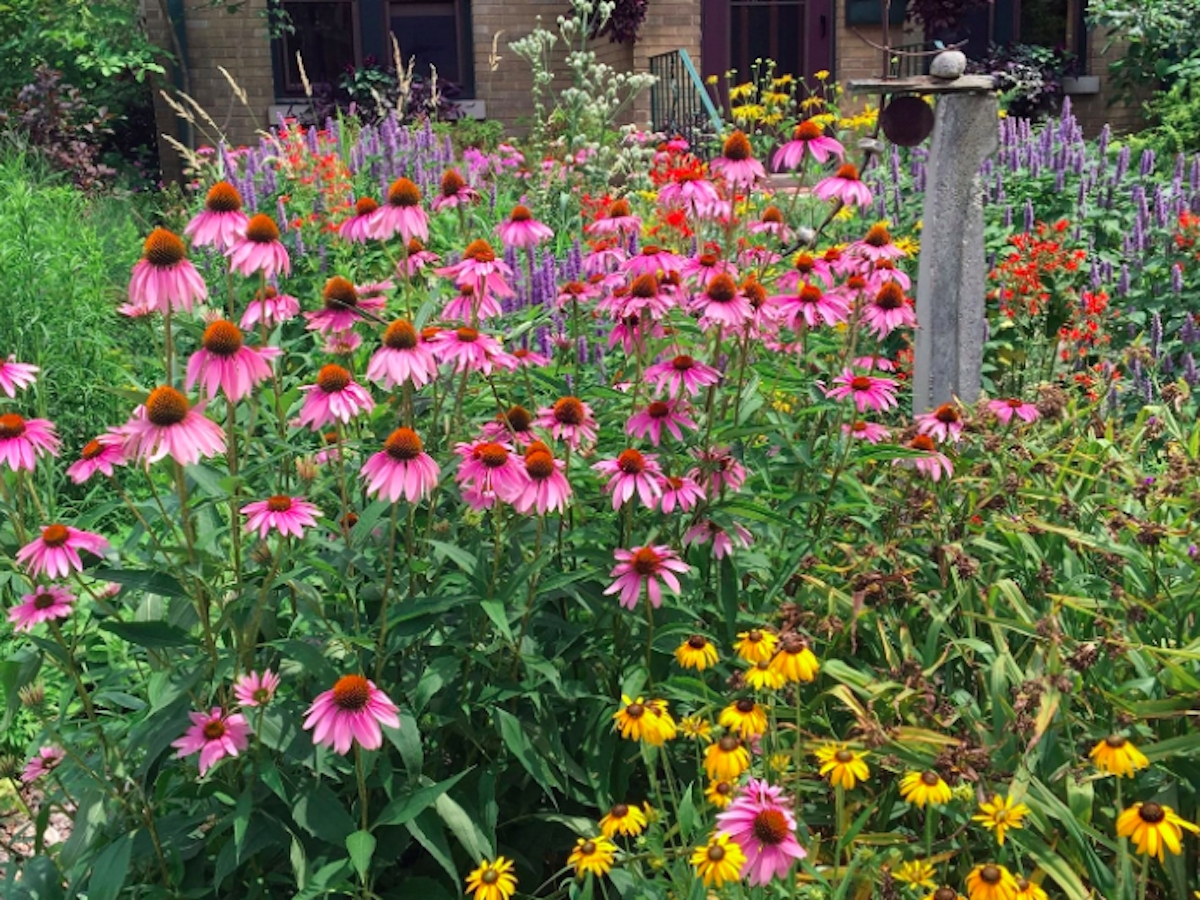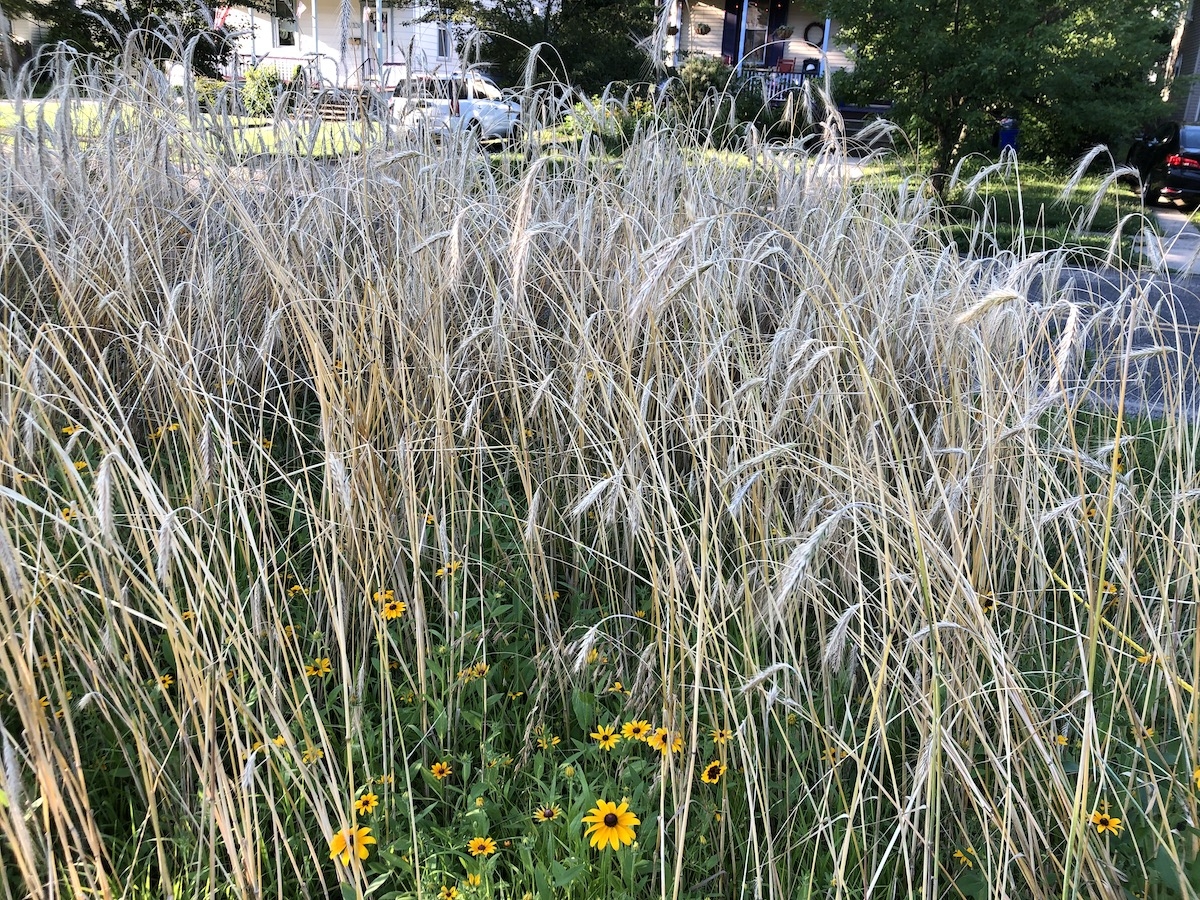"2040" is not a sophisticated film, nor is it original, the ideas and arguments all having been developed by others. It’s not meant to be either of those things – engaging, persuasive and urgent, it’s an exercise in what you might call muscular hope. Filmamker, Damon Gameau's eco-commentary operates on a knife edge: if you’re critical of government policy, you’re derided as an Eeyore; constructive, you’re a nutty utopian. Gameau dances the middle path, outlining the intractable issue - carbon from transport, waste, farming, energy and ignorance - before focusing exclusively on two surprising solutions that deploy existing technology and address the climate crisis - things that are doable.
Sociologic Sustainability Basics
The median quality of life is perhaps best measured by the readily available access to the basic necessities of life. In its own way, it is a measure of success for the sociological development and a prime indicator of sociological sustainability. There are four keys to improve the median quality of life that are sadly lacking in modern society. These are viable education rather than merely teaching to the test, and including options for vocational and technical training for those people who are less capable of learning in a more scholastic environment; real-world, paying opportunities for those who have received an education; accomplishing this without the creation of a dependency class; and perhaps most important of all, the ability to provide all of this without overly burdening those who are already productive and contributing members within a society or community development.
Bee Loss Highest Yet
Winter hit U.S. honeybees hard with the highest loss rate yet, an annual survey of beekeepers showed. The annual nationwide survey by the Bee Informed Partnership found 37.7% of honeybee colonies died this past winter, nearly 9 percentage points higher than the average winter loss. The survey of nearly 4,700 beekeepers managing more than 300,000 colonies goes back 13 years and is conducted by bee experts at the University of Maryland, Auburn University and several other colleges. Explore the colony loss map and other surveys in NJ.
Native Plant Sale
Wild Roots New Jersey is a resource and pop-up shop for people who care about environmental sustainability. They write about gardening with native plants, sustainability and raising a nature-lover, and host native plant sales in South Jersey. They will be hosting a Pop-Up Native Plant Sale at Occasionette, 725 Haddon Avenue, Collingswood on Sunday, July 9th form 11:00 a.m. to 2:00 p.m.
No Mows Blossom
Merchantville’s Green Team planted two wildflower gardens last October in the town's two "no mow" zones. These natural gardens and pollinator habitats are located on the lawns adjacent to the bike path trail along West Chestnut Avenue started sprouting lots of black-eyed susan this week and we can't wait to see what else will blossom this summer. These areas provide an excellent habitat for pollinators such as native bumble bees. These zones allow plants to flower which in turn provides a place for pollinators to stop and have a meal.
Progress on TREX Challenge
We had a double drop off of plastic bags this week, putting our current total to 152 pounds and the chance to win a FREE recycled park bench form TREX! Shout out to our #BinIt2WinIt hero, Terri James Porter, who collected the plastic bags in my absence. Don't forget, drop offs can be made at Blue Monkey Tavern, Ryan's Retail, and at the Merchantville Market Off Centre. We accept grocery bags, bubble wrap, case overwrap, clean ziploc/bread bags, newspaper sleeves, etc. are all accepted. Please combine your materials in a single larger bag and compact it as much as possible before tying it up. We're making great progress to our 500 lb. goal!
Recycle Plant Pots
Don’t just throw away those plastic pots your plants came in. Here are our favorite ways to reuse and recycle plant pots. Plant halo: Take an old plastic pot and cut off the bottom. Push it partway into the soil, and then plant your tomato inside. When you water the plant, the pot will retain the moisture and let it gradually soak into the soil at the roots. Planting guide: When repotting a plant into a larger container, place an empty plastic plant pot the same size as the smaller, original one into the middle of the container, and then continue to fill around it. DIY bug hotel: Stuff a pot with short lengths of bamboo cane, hollow stems, twigs, or corrugated cardboard, and then site the DIY bug hotel on its side in a safe, sheltered spot. Read more here.






